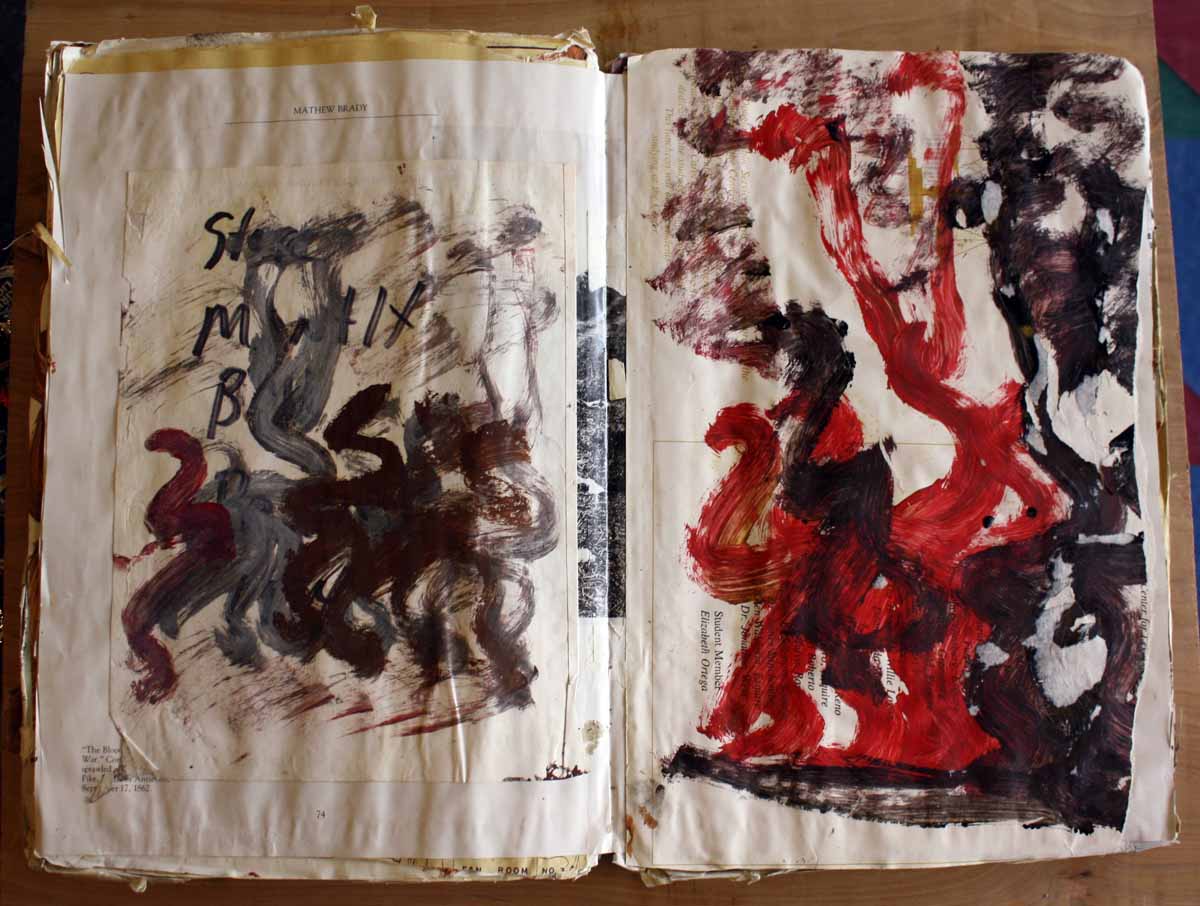With a cave painting on the main page one gets the idea this article was related to them. However, as the article reads, it focuses more on fiction than visual art. Nonetheless, this is interesting reading. The second question is, do the fiction writing and visual art creation come from the same impulses and motivations? I am not certain they do.
Instincts, Emotions, and the Origins of Art
The tale of the tail is recounted in one of the more prominent works seeking to explain art through evolution: the late Denis Dutton’s 2009 book The Art Instinct. The American-born Dutton, who was perhaps most widely known as the founder of the popular website Arts & Letters Daily, was a professor of philosophy at the University of Canterbury in New Zealand. Among the aims of his book is to inject a dose of cold, hard science to fight the fever of cultural relativism that seems to have been clouding the judgment of the humanities and social sciences for much of the twentieth century.
This cultural relativism has been pervasive in the different schools of modernist art and art criticism, which, Dutton says, replaced the traditional artistic values of “beauty, skill, and pleasure” with “a determination to shock or puzzle” that “has sent much recent art down a wrong path.” The infamous prototype of this art-world relativism is Marcel Duchamp’s 1917 work Fountain, a urinal that the French artist purchased, signed with the name “R. Mutt,” and submitted to an avant-garde art exhibition. Dutton notes that in a 2004 survey of five hundred of the art world’s most important artists, critics, and curators, 64 percent selected Fountain as the most influential work of art of the twentieth century.
Dutton enumerates a list of twelve universal features of art that he argues are rooted in our evolved human nature, and uses them, among other things, to attempt to make sense of Duchamp’s controversial example. These features are: the direct sense of pleasure a work of art provides; the skill and virtuosity involved in its creation; the presence of a recognizable style in which the artwork is made; its novelty and originality; its ability to generate critical judgment and appreciation; its representation or imitation of real or imaginary experiences; the way works of art are set apart from ordinary life and given special attention; its expression of the individual personality of the artist; its “emotional saturation,” or the ability of the work to incite emotions in its audience; the intellectual challenge that it can provide for an audience; the significance that the work has in an artistic tradition; and finally, the imaginative experience that the work represents for its producer and evokes in its audience. In the end, Dutton admits that, even though Duchamp’s “art-theoretical gesture” lacked “the emotion, the individuality, the skill, [and] the beauty” that through evolution we have come to enjoy in art, its creativity and originality, along with its undeniable influence, make it a work of art in some sense.
